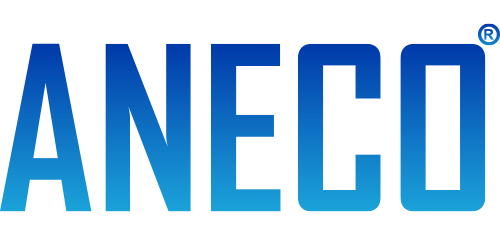- Have Any Question?
- (+880) 017238012739
- enviroco@gmail.com
DESALINATION
Desalination is the way of eliminating most NaCl and different other minerals and metals naturally dissolved in water.
Seawater, brackish water in general, and even wastewater highly concentrated of minerals and heavy metals are common applications for reverse osmosis technology. Permeation can be used for food, industrial, agricultural, and human purposes.
Desalter, also known as Reverse Osmosis, is the technology used. Additionally, it is incorrectly referred to as a water distiller, possibly due to the fact that earlier desalinators were all evaporative and resembled desalination columns. In fact, this kind of separation has never been regarded as a form of distillation.
There is no requirement that drinking water should be salt-free: despite the fact that this is a practice typically carried out downstream of the desalinator itself to allow the correct salts to be added, and because water that has been completely deionized would be tasteless and unappetizing. Furthermore, leaving certain salts in the treated water (on the order of 25 mg/l) is recommended for health reasons.
Separation on semi-permeable membranes is the method used in permeation desalination. The rejection and water characteristics are comparable to those of the previous type; in any case, all out recuperation of the watery part can’t be accomplished in light of the fact that Converse Assimilation films don’t permit the treatment of strong stages, besides by giving an evaporative segment. Desalination by electrodialysis is a special case.
The quality of Reverse Osmosis technology is comparable to that of evaporative desalination and can be used for a wide range of treatment sizes, ranging from 1 to 10 000 m3/h.
Complete the following form and tell us about your project. We will contact you as soon as possible
